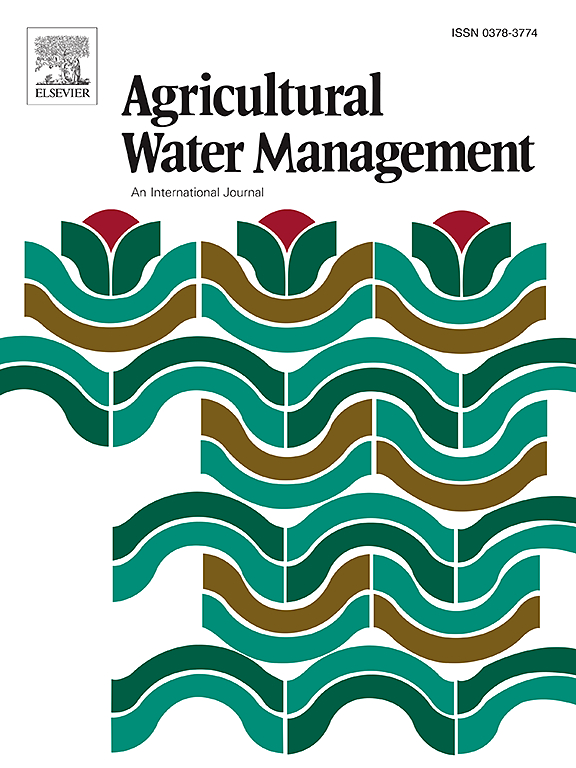Evaluating hydroponics and aquaponics: Comparative insights into sustainability and strawberry quality
IF 5.9
1区 农林科学
Q1 AGRONOMY
引用次数: 0
Abstract
Aquaponics provides a more sustainable alternative to hydroponics by integrating fish farming with plant cultivation, thereby reducing the need for chemical fertilizers and promoting the natural recycling of nutrient waste. This study compared the cultivation of 'Primoris' strawberry plants in two systems: a traditional hydroponic system using agricultural fertilizers and an aquaponic system utilizing effluents from thick-lipped grey mullet (Chelon labrosus) fishponds. Despite the significantly lower concentrations of key nutrients (primarily nitrate and phosphate) in the aquaponic system, total yield exceeded 600 g per plant, with no significant differences between the two cultivation methods. Strawberry leaves from the aquaponic system exhibited higher levels of chlorophyll (Chl a: 1.7 ± 0.15 mg·g⁻¹ FW, Chl b: 0.98 ± 0.09 mg·g⁻¹ FW), carotenoids (1.2 ± 0.09 mg·g⁻¹ FW), and calcium (1.3 %). No differences were observed in photosynthesis, organic carbon, total nitrogen, or organic matter content in the leaves between the two systems. Additionally, anthocyanin content in aquaponically grown strawberries was higher (23.5 ± 4.3 mg PE·100 g−1 FW). Fruit quality parameters (including °Brix, acidity, vitamin C, and firmness) were comparable between the two cultivation systems, as confirmed by a blind sensory test. These findings suggest that aquaponic strawberry cultivation can reduce fertilizer usage without compromising yield, fruit quality, or plant health. This highlights aquaponics as a viable and more sustainable alternative to conventional agriculture, including hydroponic methods.
求助全文
约1分钟内获得全文
求助全文
来源期刊

Agricultural Water Management
农林科学-农艺学
CiteScore
12.10
自引率
14.90%
发文量
648
审稿时长
4.9 months
期刊介绍:
Agricultural Water Management publishes papers of international significance relating to the science, economics, and policy of agricultural water management. In all cases, manuscripts must address implications and provide insight regarding agricultural water management.
 求助内容:
求助内容: 应助结果提醒方式:
应助结果提醒方式:


